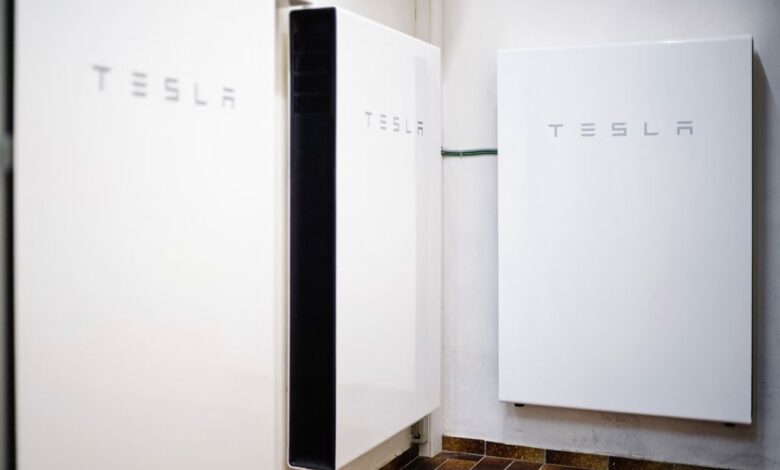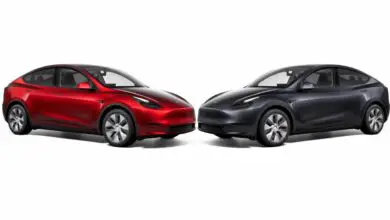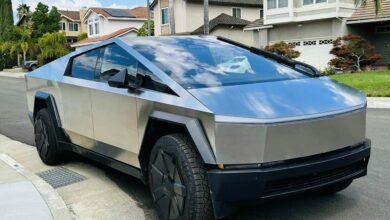Tesla Powerwalls Spark Energy Revolution: How DJK Weingarts Sports Club Slashed Bills and Soared to 70% Self-Sufficiency
Discover the electrifying transformation of DJK Weingarts Sports Club, from hefty electricity bills to harnessing solar power and Tesla's cutting-edge technology.

In the realm of energy transformation and sustainable practices, the remarkable journey of DJK Weingarts Sports Club stands as a shining testament to the potential of Tesla Powerwalls. This popular sports club, nestled in the serene locale of Upper Franconia, Kunreuth, Germany, was once grappling with hefty monthly electricity bills totaling €600 ($638). However, under the visionary leadership of Thomas Theinert, the Head of Finance at DJK Weingarts, this sports club not only flipped its electricity bill but also emerged as a beacon of sustainable energy adoption.
Thomas Theinert’s story is one of a curious hobbyist turned solar aficionado. After retiring, he delved into the realm of photovoltaics. Little did he know that his newfound passion would reshape the energy landscape of DJK Weingarts Sports Club.
The catalyst for this transformation came in the form of a discussion with the Board of Directors. They were concerned about the crippling electricity expenses that burdened the sports club. Theinert, armed with his knowledge of solar power and energy storage, had the perfect solution. He advised, “You need a PV system with battery storage, just like the one at my house.” Theinert’s proactive approach extended to meticulously calculating costs, negotiating prices, and, in 2017, overseeing the installation of a 39.5 kWp solar panel system complemented by three Tesla Powerwall units.
The installed system, akin to what DJK Weingarts Sports Club boasts today, featured three 40.5 kWh Tesla Powerwall units alongside 39.5 kWp solar panels. This sophisticated setup marked the beginning of a remarkable journey towards self-sufficiency and energy independence.
Fast forward to 2022, and the system at DJK Weingarts Sports Club had achieved a remarkable 70% self-sufficiency milestone. This translated into more than just lighting up sports facilities and the football pitch’s floodlights. Theinert proudly mentioned, “We not only use the solar energy we generate to power the sports facilities and the football pitch’s floodlights—we also run a large restaurant, including an annex to the hall. The hall holds around 200 people, the restaurant serves 80, and an adjoining room holds another 40. This means we can cater events with over 300 guests.”
This impressive achievement reflects not only the effectiveness of Tesla Powerwalls but also the immense potential for renewable energy adoption in diverse settings.
It’s worth noting that Tesla’s commitment to innovation remains unwavering. Earlier this year, the company introduced the Tesla Powerwall 3, featuring an integrated inverter, increased power capacity, and simplified installation procedures. This development promises even more accessible and efficient energy solutions for forward-thinking establishments like DJK Weingarts Sports Club.
In conclusion, the story of DJK Weingarts Sports Club’s energy transformation, fueled by Tesla Powerwalls and sustainable practices, serves as a compelling example of how innovative technologies can revolutionize energy consumption. From exorbitant monthly bills to generating up to €20 (~$21) every month, this sports club’s journey is a testament to the power of renewable energy and the positive impact it can have on both the environment and the bottom line.



